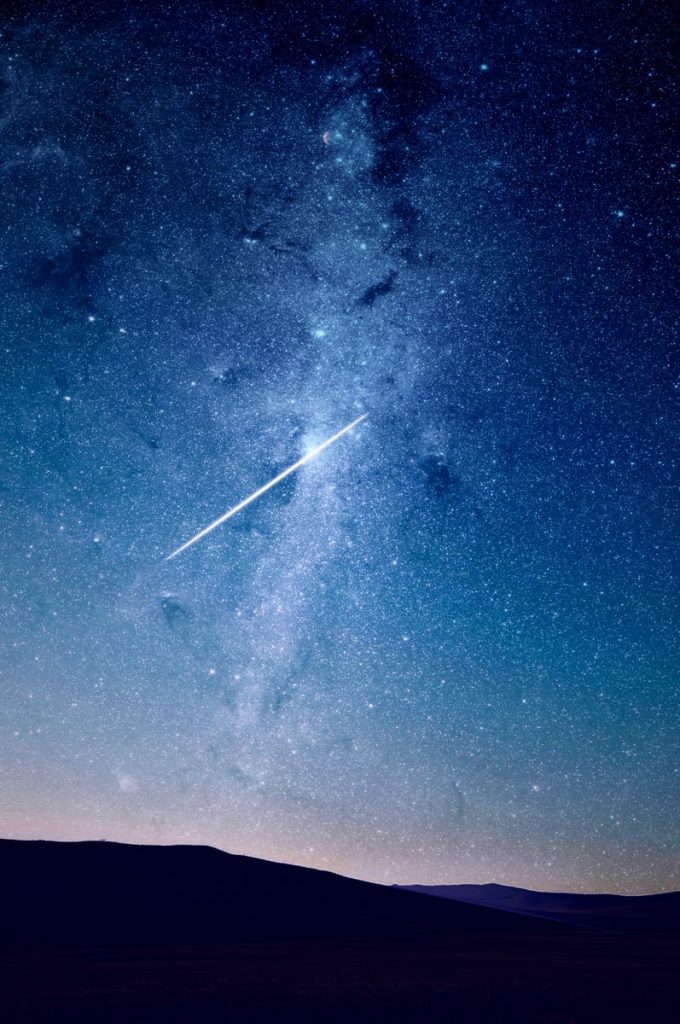Lyrid meteor shower visible near Calgary Thursday night

Posted Apr 21, 2022 2:52 pm.
If you look up at the Calgary night sky on Thursday, you might be able to see what’s known as the Lyrid meteor shower.
Simon Poole, the president of the Calgary Centre of the Royal Astronomical Society of Canada, told CityNews the best time to see the Lyrid is between 11 p.m. on Thursday and 3 a.m. on Friday, but how well you can see the meteors could be influenced by a few things.
“It is weather dependent, you don’t want any clouds,” Poole said. “The clouds will certainly prevent you from seeing any meteors.”
He also said the light pollution in Calgary will likely block out your view of the sky, so it’s best to take a drive out of the city to raise your chances of seeing the ‘shooting stars.’
“You want to get to a dark site,” Poole said. “Even 20 minutes outside of Calgary would certainly be beneficial to viewing the meteor shower.”
If you decide to hop in the car to go and see the Lyrids, Poole says you should drive east.
READ MORE:
-
Alberta’s new area code: 368
-
‘I’m so grateful’: Canadian Mattea Roach wins 12-straight game on Jeopardy!
-
Majority of Canadians support abolishing monarchy after Queen’s death: survey
“You’re not going to want to head west,” Poole said. “You’re going to be looking towards the east and will get the glare from Calgary blocking the sky and making it very bright, so you’re going to want to have a very dark view of the eastern sky.”
Poole the annual event is one of the earliest recorded meteor showers in human history.
“It has a very unique history that goes back a very long way, more than 2,000 years ago,” Poole said.
He also said the Lyrids typically start around April 15 and last until the end of the month. The peak of the Lyrids is usually around April 21 or 22, and you can expect to see roughly 10 to 20 meteors per hour at its highest rate.
“I just find it absolutely fascinating that a comet would leave debris within the Earth’s orbit that we crash into every year,” Poole said. “And we get to see the remnants from this comet fall down to the Earth every year.”
Poole said this celestial event comes from the remnants of a long-period comet (C/1861 Thatcher) that orbits the sun every 415 years, and the next time the comet itself will return is sometime in the next 200 years.
–With files from Haley Jarmain








